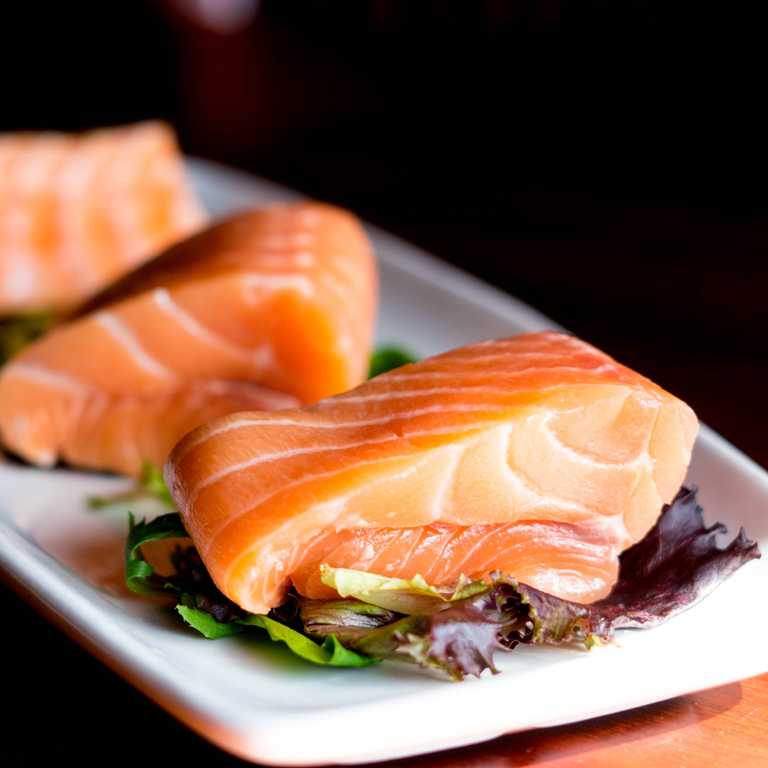Table of Content
FSSAI Proposed Ad-Hoc Limits Of Formaldehyde In Fish And Fisheries Product

Alarming rise in the limits of formaldehyde in fish items threatens the health of common people.
Fish is a healthy food source. It serves as an essential source of animal proteins and an important source of micronutrients like omega fatty acids for people worldwide. According to the experts, fish has immense health benefits like it lowers the risk of heart attacks and strokes.It keeps our brain healthy and reduces depression.Moreover, it is an excellent source of Sunshine Vitamin i.e. Vitamin D.The high consumer demand for fish and fish products has resulted in enhanced fish trade, which has positively contributed to economy of many countries. There is arisk of deterioration in its quality during transportation as fish is a perishable commodity.
Formaldehyde is the simplest form of aldehyde. It has got a wide range of applications. A chemical is made by mixing water with formaldehyde called formalin is given on fresh catch to increase its shelf life . However, due to its carcinogenic properties, its application in food products is prohibited. According to the Food Safety and Standards of India (FSSAI), regulation 2011, formalin is not permitted for use in food and food products.The consumption of contaminated fishes causes serious health effects like abdominal pain, vomiting, and even renal injury. This grave situation has created concerns regarding the safety and quality of fish and fish products available in the market.
Chemical treated fish on sale in the market.
Adulteration of fish by formalin is a major public health concern. Scientific Experts of FSSAI evaluated this situation.The Scientific Panel has proposed for detail assessment and quality check in the fish and fisheries products business chain. In July 2018, Goa’s Food and Drug administrative staffs inspected fish market in South Goa and Panaji and found that the fishes were contaminated with formalin. An ad hoc limit of naturally occurring formaldehyde is set till a final assessment is done, taking into considerations of instructions of the Honourable High Court of Bombay at Goa and severe health effects of the population. As per FSSAI the maximum ad hoc limit for naturally occurring formaldehyde is as mentioned below:
| Food Category Name | Food Category | Ad hoc limit(mg/kg), max |
| 09.1 | Fresh fish including molluscs, crustaceans and echinoderms | Freshwater:4.0
Brackish water:/Marine origin: 100.0 |
These limits are applicable till the panel recommends the final limit for the naturally occurring formaldehyde. By order,fish and fish business operators are required to follow the given limits Toms C Joseph, Principal Scientist and Scientist-in-charge, Veraval Research Centre of Central Institute of Fisheries Technology (CIFT) said, “If you want to transport fish over long distances, it has to be transported in ice or it has to be frozen. Otherwise, bacteria multiplies inside the tissues and it will spoil the fish.When Formalin is used to preserve fishes, though all the bacteria will die, but when you consume formalin-laced fish it becomes a health hazard”.
References:
1.5cfe3cfa54f82Direction_Limit_Fisheries_Product_10_06_2019.pdf.Available at: https://fssai.gov.in/upload/advisories/2019/06/5cfe3cfa54f82Direction_Limit_Fisheries_Product_10_06_2019.pdf.Accessible on: 25.07.2019.
Enquire Now
To enquire about our services please complete the form below and we will be in tough with you as soon as possible
Food Regulatory Services
- Consumer Product
- Compliance Services
- Licenses